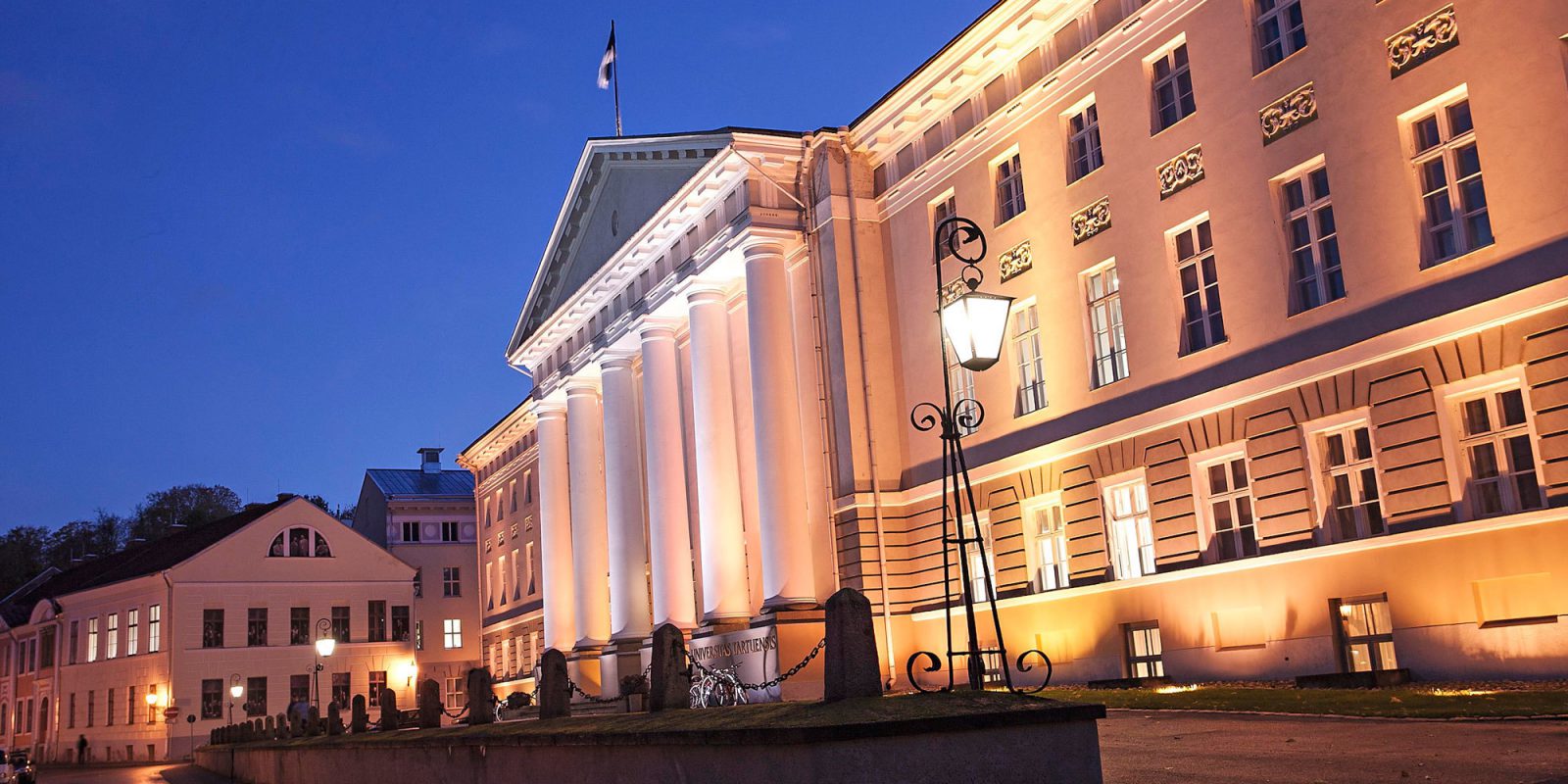
The Finnish Heritage Agency starts the first round of applications for the European Heritage Label in Finland – actors in the field are invited to apply
For the first time, Finnish cultural heritage sites have the opportunity to apply for a European Heritage Label. The first Finnish application will be submitted in March 2021. The Finnish Heritage Agency will organise a workshop to help with drawing up applications.
The European Heritage Label is a cultural heritage action of the European Union, with the purpose of improving European citizens’ knowledge of European history and the construction of the Union and of shared, diverse cultural heritage.
The label can be awarded to sites located within the EU that have played a significant role in the history and culture of Europe and the building of the Union. The sites must also be developed through an educational project.
The European Commission has awarded labels for a total of 48 sites in 19 countries since 2014. The recipients of the label are related to built heritage, cultural environment and intangible cultural heritage, among other things. Label recipients include museums, archaeological digs, monuments, archives and institutions working with cultural heritage.
The Finnish proposals will be chosen based on letters of intent
Finland joined the European Heritage Label in 2018. The first Finnish application will be submitted to the European Commission in March 2021. The Finnish Heritage Agency coordinates the label application process in Finland and will start preparing for the process in April 2020.
“For Finnish actors in the field of cultural heritage, this is an amazing opportunity to consider their own site from a wider, international perspective. Receiving the label brings visibility and opens up new networks,” says Leena Marsio, the national coordinator of the Heritage Label from the Finnish Heritage Agency.
Cultural heritage actors interested in the label can submit a letter of intent to the Finnish Heritage Agency by 10 August 2020. A letter of intent is lighter than the actual application; the document includes ten questions processed by the Heritage Label steering group. Based on the process, the Finnish Heritage Agency will draw up a proposal for the Ministry of Education and Culture on the sites nominated for the label in Finland. These sites will then be included in the actual application to the European Commission. 1–2 applications from Finland can be submitted every other year.
The website of the Finnish Heritage Agency has a comprehensive information package on the European Heritage Label and how to apply for it. The site also includes detailed application criteria and instructions, as well as a link to the EU documents on the label in addition to the sites to which the label has already been granted.
Workshop by the Finnish Heritage Agency helps with drawing up the application
The first workshop providing guidance on the application will be held as an online meeting on 6 May 2020 during the Europe Week. The workshop is intended for communities, institutions and organisations that maintain a cultural heritage site and are considering applying for a European Heritage Label. The webinar is free of charge; it reviews the application criteria and process as well as reasons for applying for the label. The webinar will be recorded and published on the website of the Finnish Heritage Agency.
“The webinar helps actors in the field with things like considering the European dimension of the site they represent and thinking about the importance of their own site on the European scale. This is the most challenging part of the application,” says Leena Marsio.
In Kaunas, the label is used in marketing
Receiving the label has had a significant impact on sites in other European countries. For example, in 2015 the label was granted to the interwar architecture in Kaunas, Lithuania.
Other sites that have received the label include, for instance, the historic ensemble of the University of Tartu as well as the Great Guild Hall in Estonia, the Charter of Law of Abolition of the Death Penalty in Portugal as well as the village of Schengen in Luxembourg.
“The European Heritage Label is a kind of a trademark that has been used in Kaunas for the local, national and international marketing of the phenomenon. The purpose of the label is to build and educate the local community, increase tourism, create new international connections, and develop new products and the economy. The City of Kaunas, together with the representatives of universities, entrepreneurs and companies, implements a wide variety of activities within the framework of the label,” says Saulius Rimas, Head of the Cultural Heritage Division of Kaunas.
More information
Leena Marsio, Finnish Heritage Agency, leena.marsio@museovirasto.fi, tel. +358 295 336 017
About the European Heritage Label (in Finnish)
Programme and registration for the webinar on 6 May (in Finnish)
Application instructions on the website of the Finnish Heritage Agency (in Finnish)
List of sites with the label on the website of the European Commission